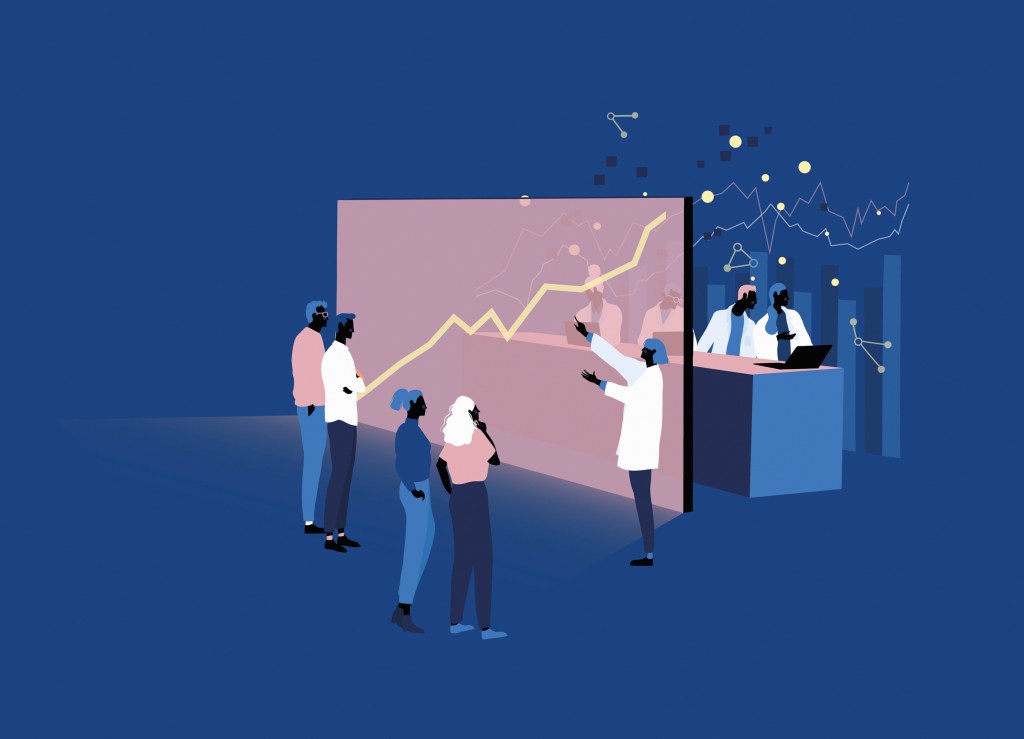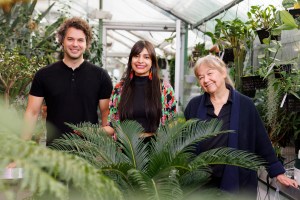Science & Tech
-

Rethinking — and reframing — superintelligence
Microsoft researcher says separating AI from people makes systems dangerous and unproductive
-
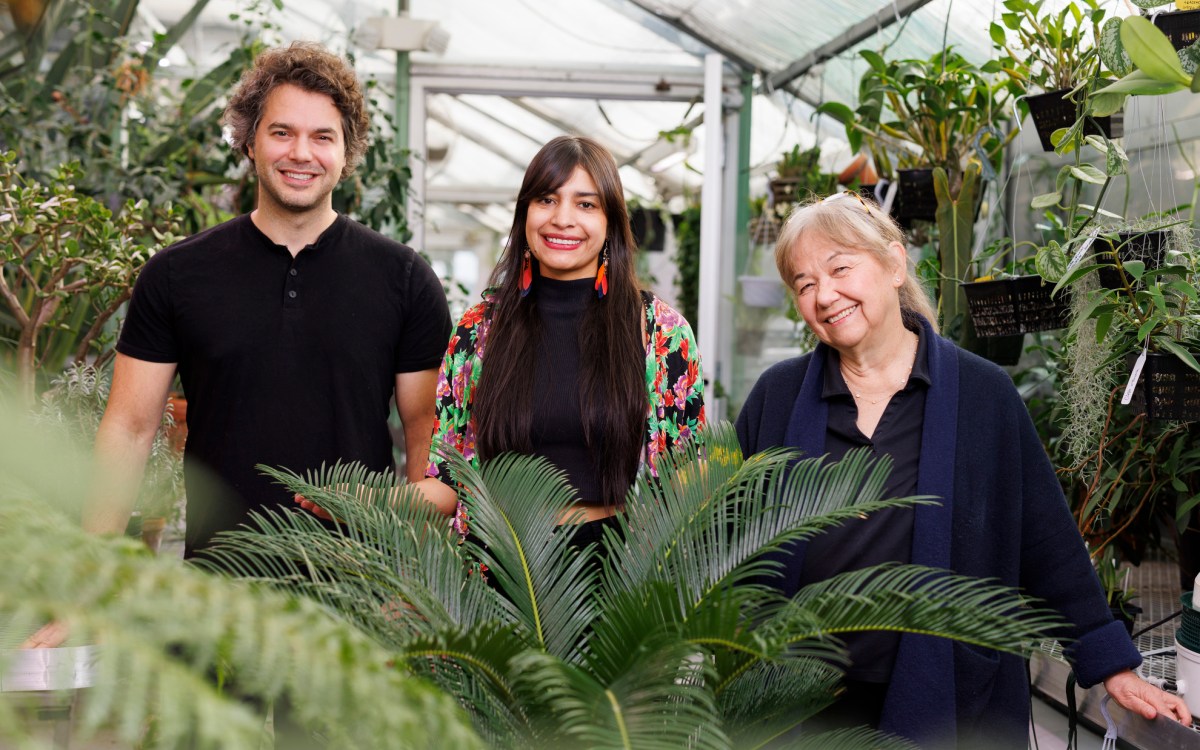
First, male gets heated up, then female, and then, you know
Study shows infrared radiation from plants serves as invitation to pollinating insects
-
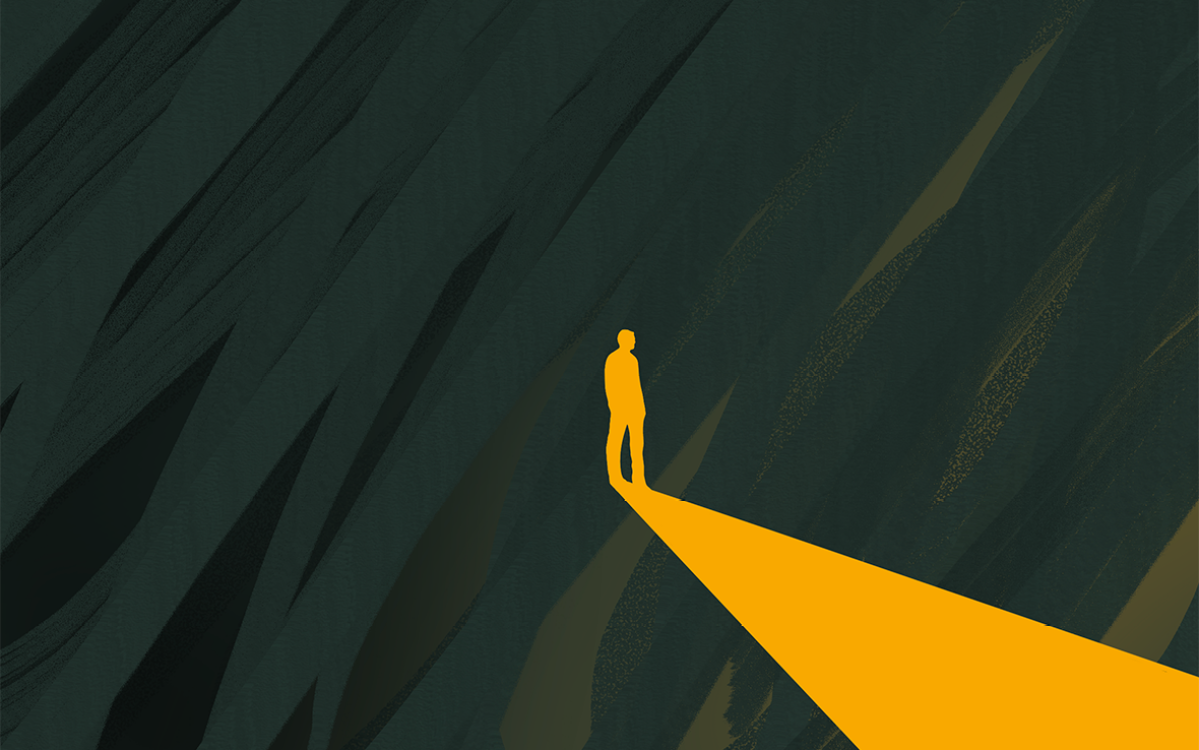
‘Consciousness’
What we know and don’t know about the life of your mind
-
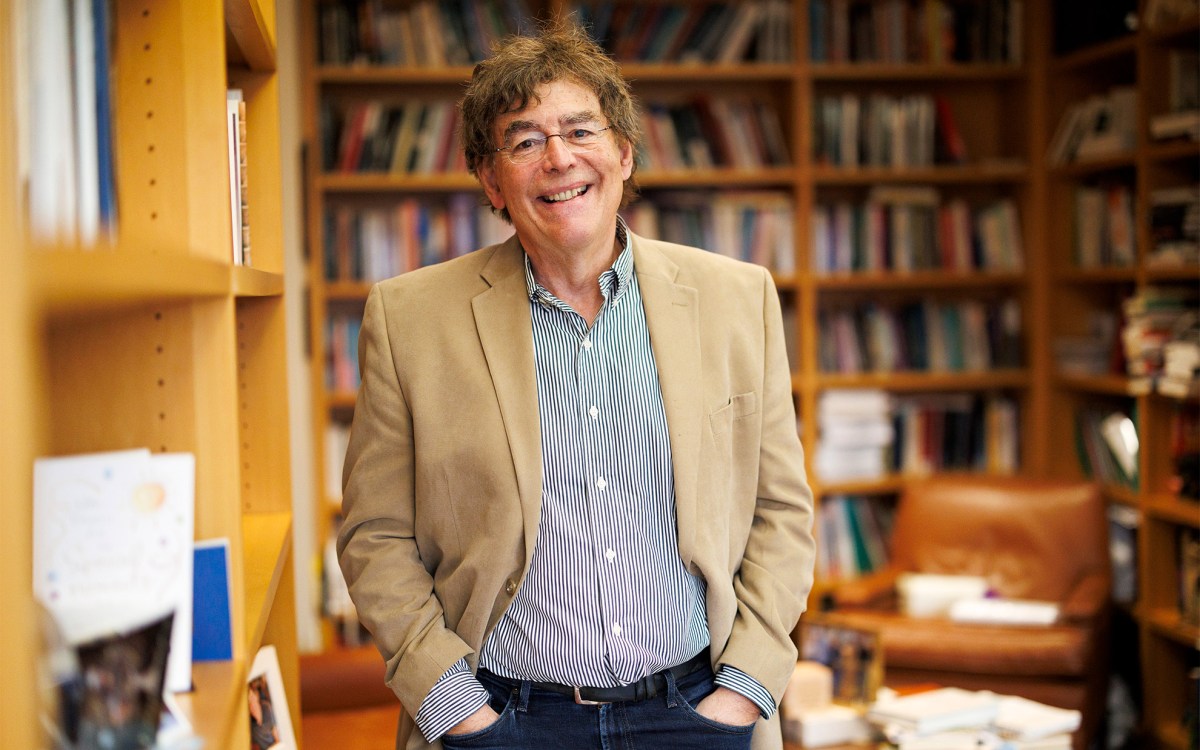
Science needs contrarians, and contrarians need support
Institute of Quantitative Social Science initiative tailored to researchers exploring provocative ideas
-

Cracking the code of why, when some choose to ‘self-handicap’
New research also offers hints for devising ways to stop students from creating obstacles to success

-

How memory works (and doesn’t)
In podcast, scientists explain why remembering is more reconstruction than replay
-
Harvard’s quantum leap
By pairing quantum science exploration with solution-driven quantum engineering the new Harvard Quantum Initiative, aims to raise the bar across higher education, industry, and government research to progress quantum science and engineering and educate the future workforce.

-
Filtering liquids with liquids
Liquid-gated membranes filter nanoclay particles out of water with twofold higher efficiency and nearly threefold longer time to foul, and reduce the pressure required for filtration over conventional membranes.
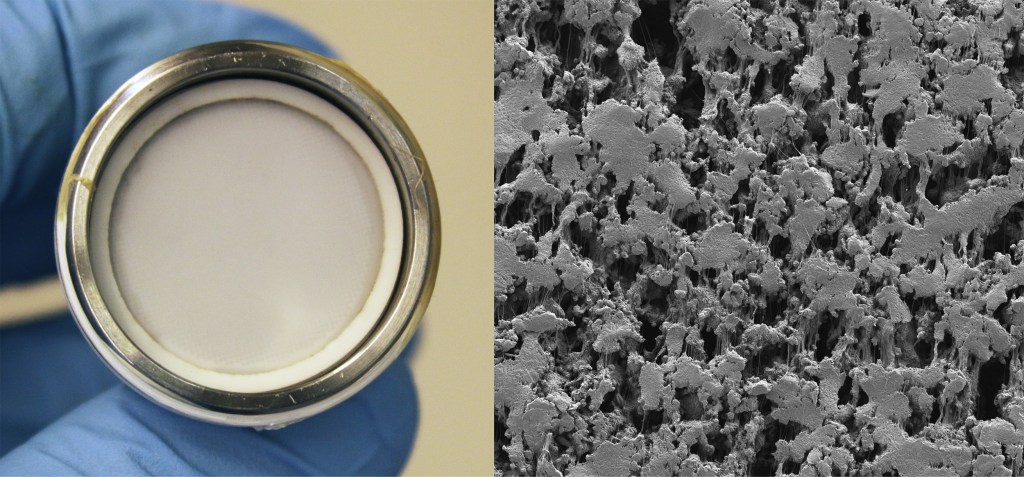
-
Turning tide on greenhouse gases
Emissions from power plants and heavy industry, rather than spewing into the atmosphere, could be captured and chemically transformed from greenhouse gases like carbon dioxide into industrial fuels or chemicals thanks to a system developed by Harvard researchers.
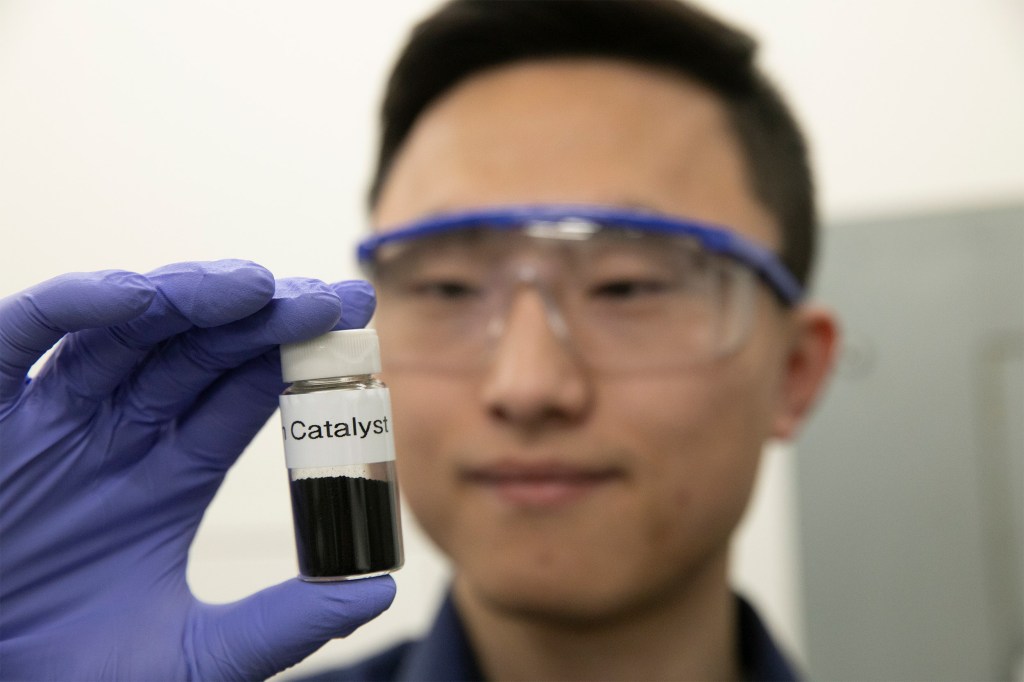
-
Seeing cell membranes in new light
Harvard’s Adam Cohen is the lead author of a new study that challenges conventional theories about the fluid nature of cell membranes and how they react to tension.
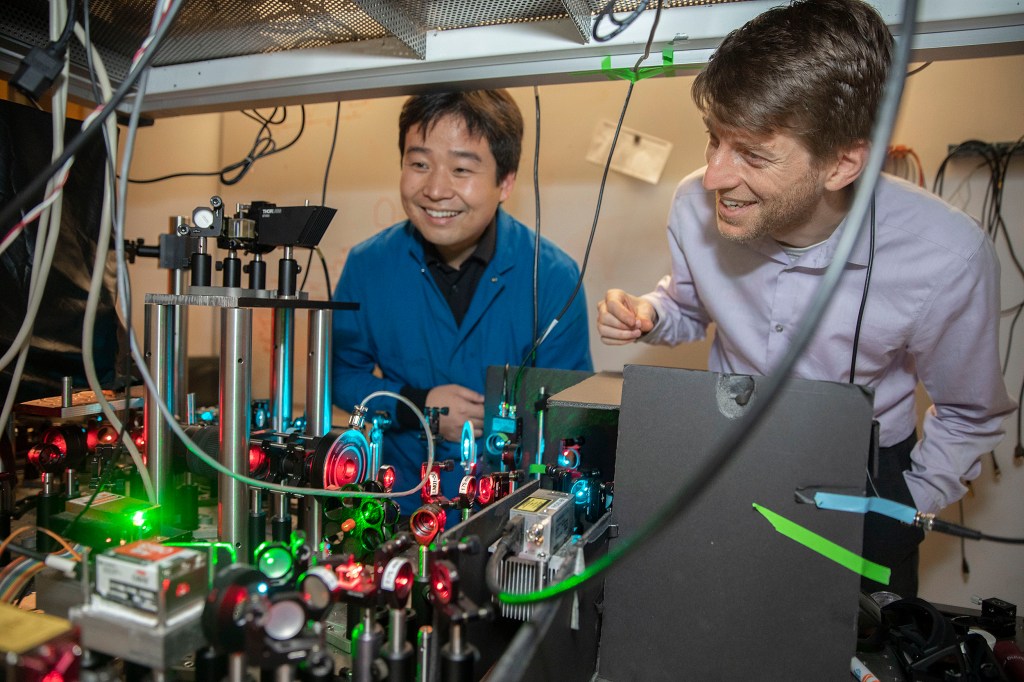
-
Correcting a lack of cooperation
While some social networks have been shown to intrinsically lead to cooperation, others been shown to not only lead to a breakdown in cooperation, but produce outright spite.
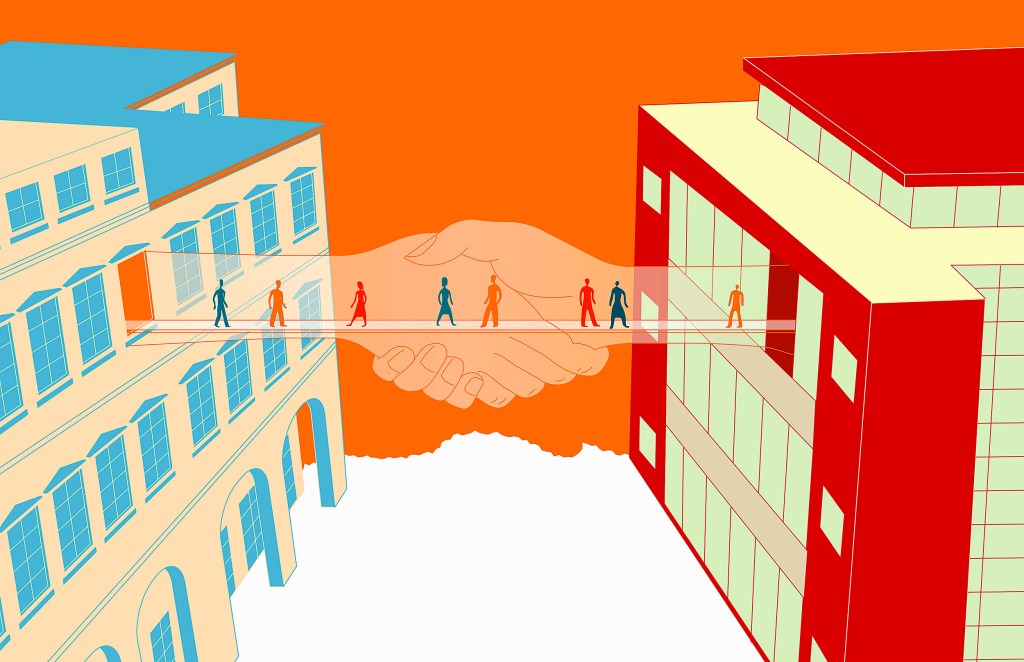
-
Changing temperatures boost U.S. corn yield — for now
Increased production of corn in the U.S. has been credited largely to advances in farming technology, but new research shows that changing temperatures play a significant role in crop yield.
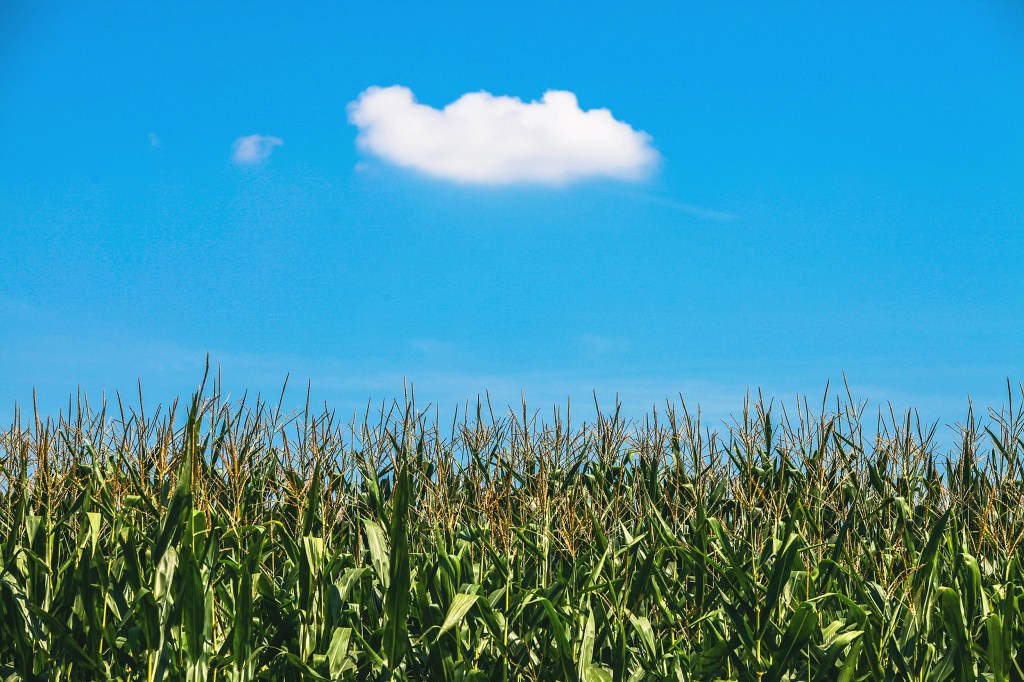
-
Is anybody out there?
SETI astronomer Jill Tarter was among the speakers at this year’s Radcliffe science symposium, “The Undiscovered.”
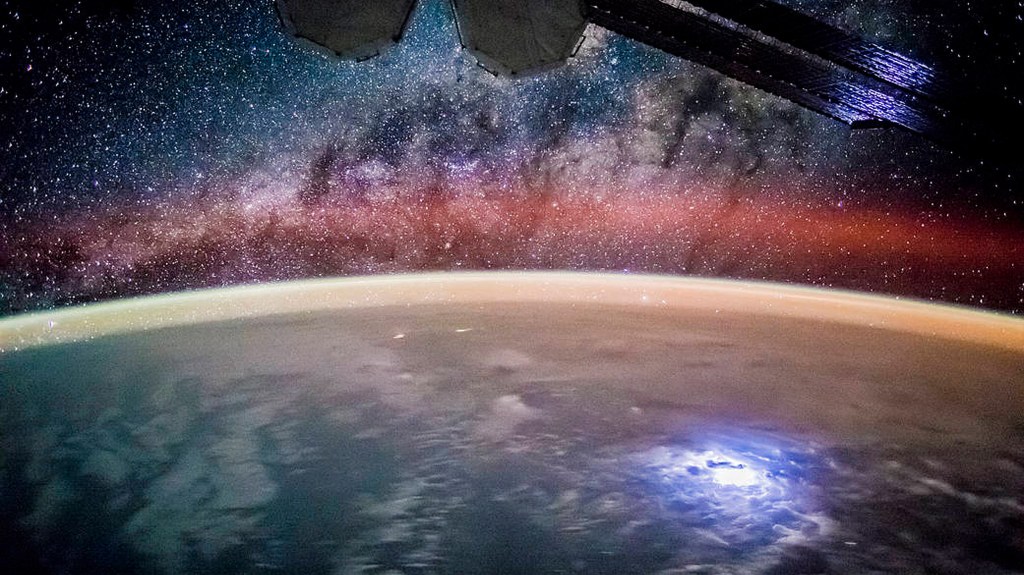
-
Electrons, up really close
Working in a basement lab at Harvard, a group of researchers led by John Doyle, the Henry B. Silsbee Professor of Physics, have been part of a team making the most precise measurement of the shape of the field around an electron. The results suggest that some theories for what lies beyond the standard model of physics need to return to the drawing board.
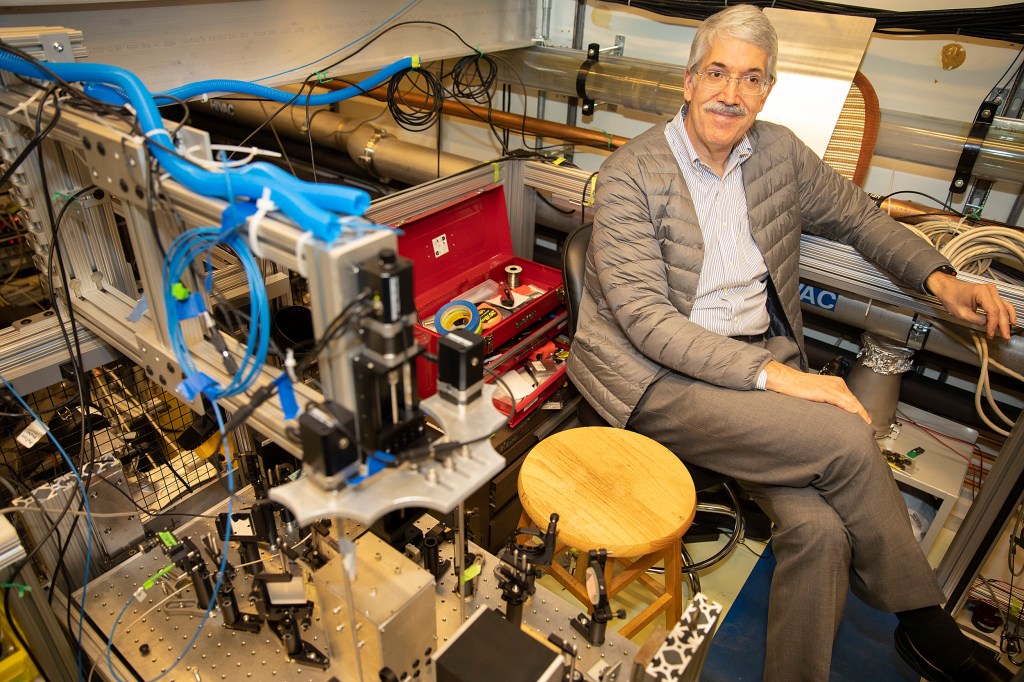
-
A measure of success for groundwater storage
A recent study used seismic noise to measure the size and water levels in underground aquifers, focusing on California’s San Gabriel Valley aquifer, which had to meet the demands of 1 million people during a five-year drought.
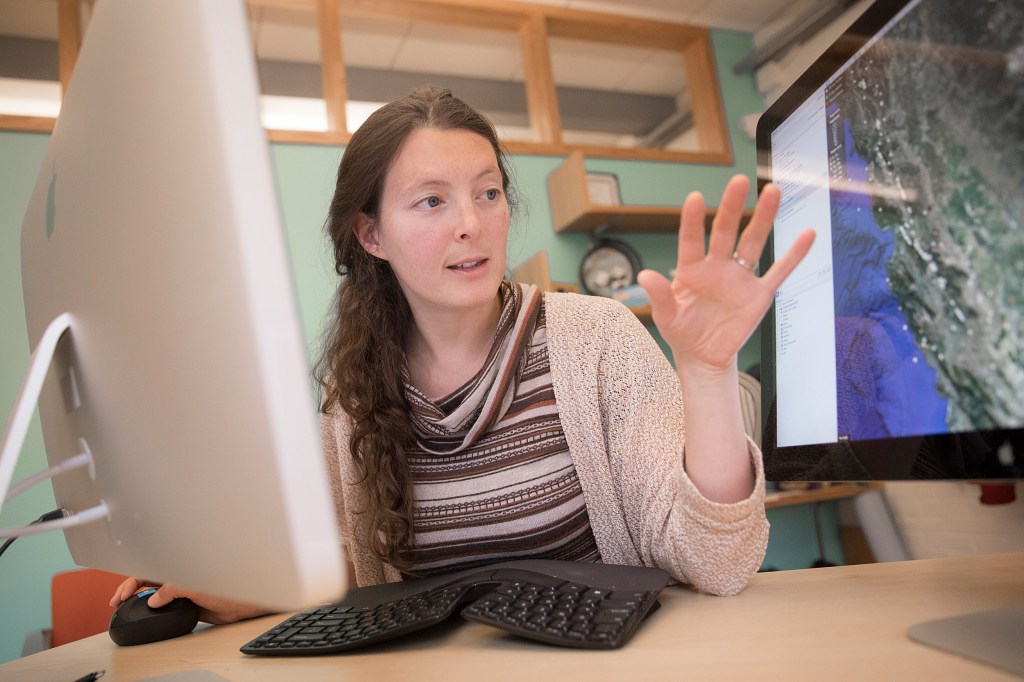
-
Breaking down backbones
Harvard scientists are using the fossil record and a close examination of the vertebrae of thousands of modern animals to understand how and when specialized regions in the spines of mammals developed.
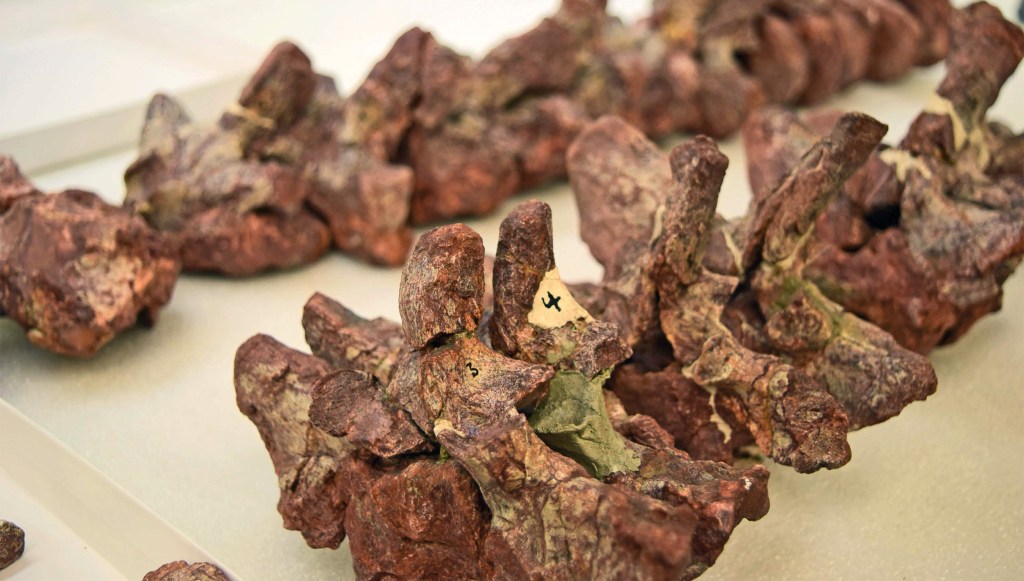
-
New tool aids in sensing magnetic fields
In their quest to build a tool that uses atomic-scale impurities in diamonds to sense magnetic fields, a pair of Ph.D. candidates from the Graduate School of Arts and Sciences have developed a method that can simultaneously detect magnetic fields in various directions: “It’s like listening to four FM radio stations at once and having it all make sense.”
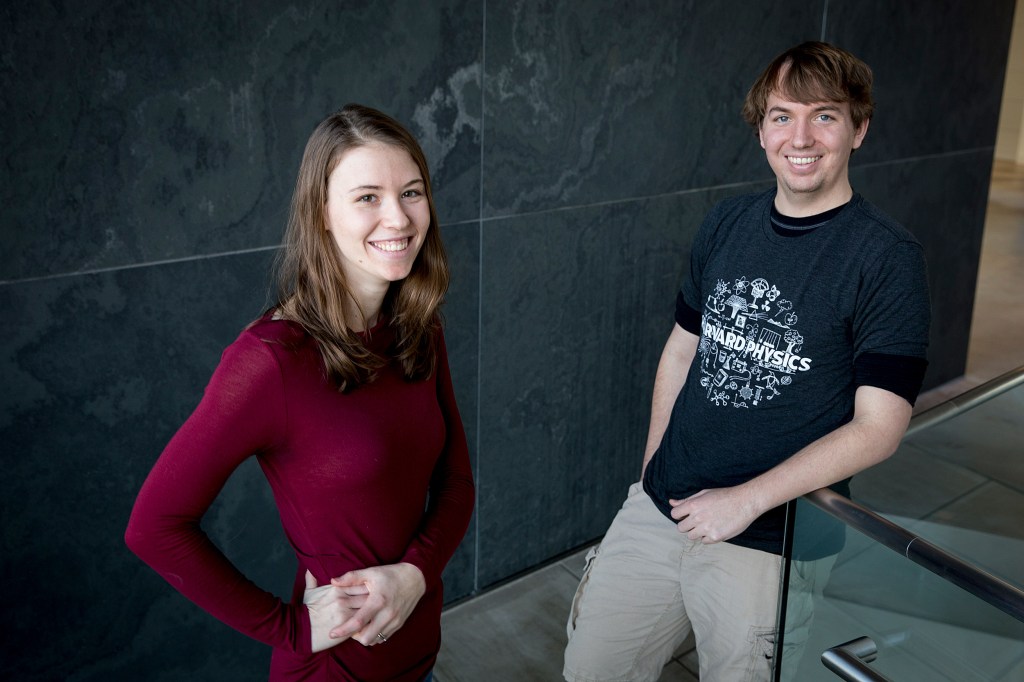
-
The down side to wind power
Researchers have determined that large-scale wind power would require more land and cause more environmental impact than previously thought.
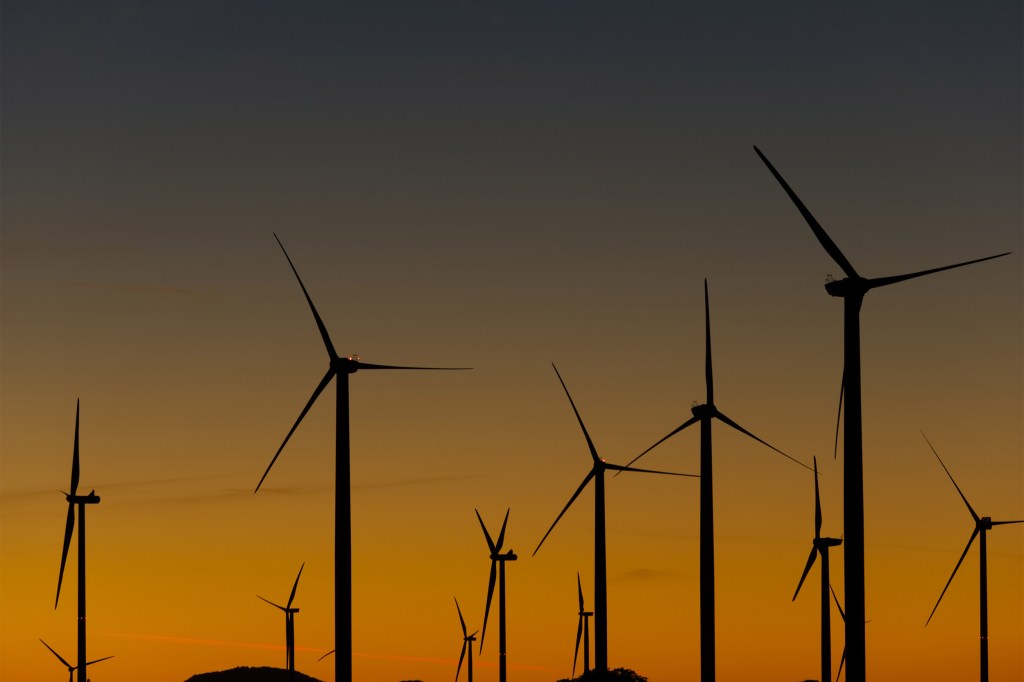
-
A cautionary tale for Silicon Valley
John Carreyrou, the reporter who broke the story about the problems of the blood-testing company Theranos, explains the rise and fall of the Silicon Valley firm, and sees it as a cautionary tale.

-
Crunch time for the human race
Astrophysicist and cosmologist Martin Rees discusses his new book, “On the Future: Prospects for Humanity,” and shares his thoughts on climate change, artificial intelligence, robotics, and more.
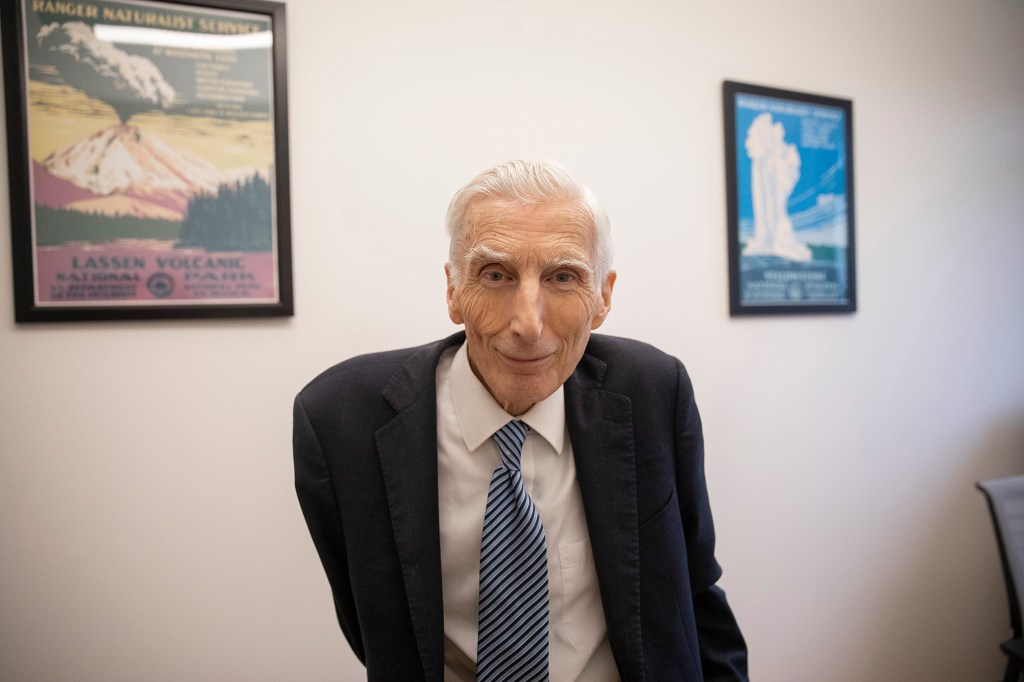
-
Soft robotic arm acts as extension of human hand
Scientists at the Wyss Institute and colleagues have created a highly flexible soft robotic arm, giving biologists intuitive control over a module by wearing a glove equipped with wireless soft sensors that respond to their own hand and finger movements.
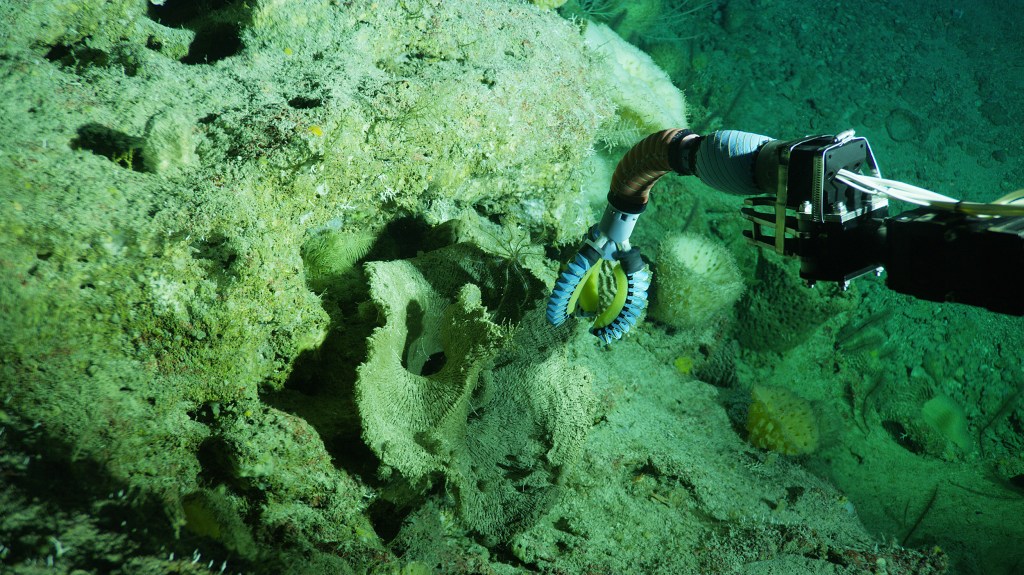
-
Why your online data isn’t safe
With a spate of massive data privacy breaches in the last two years, Harvard Law Professor Urs Gasser, executive director of the Berkman Klein Center, discusses whether regulating big tech is the answer.

-
Pitcher plants build own communities
Harvard research has shown that the “miniature ecosystems” housed in pitcher plants from opposite sides of the world are strikingly similar, suggesting that there may be something about the plants themselves that drives the formation of those communities.

-
Studying environmental issues in China
A group of Harvard undergraduatess interested in fighting environmental decline spent the summer studying China’s problems and working alongside scholars whose efforts are directed at a host of issues.
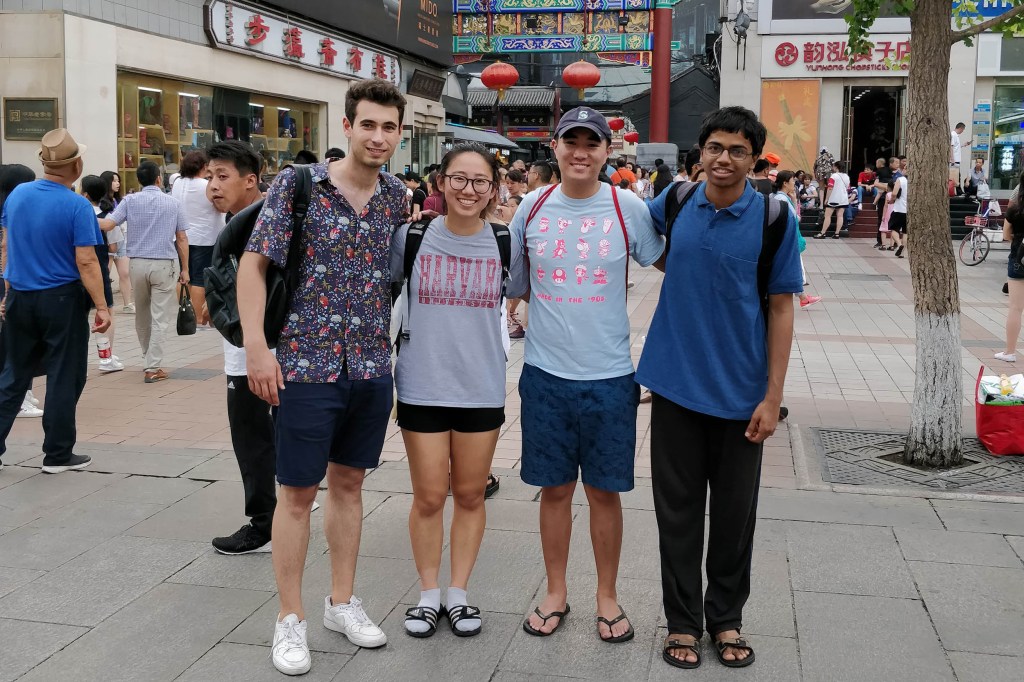
-
For teens who feel it all, a research-backed explanation
When teenagers seem to be experiencing conflicting emotions at the same time and struggling to make sense of them all, it may be because they are.
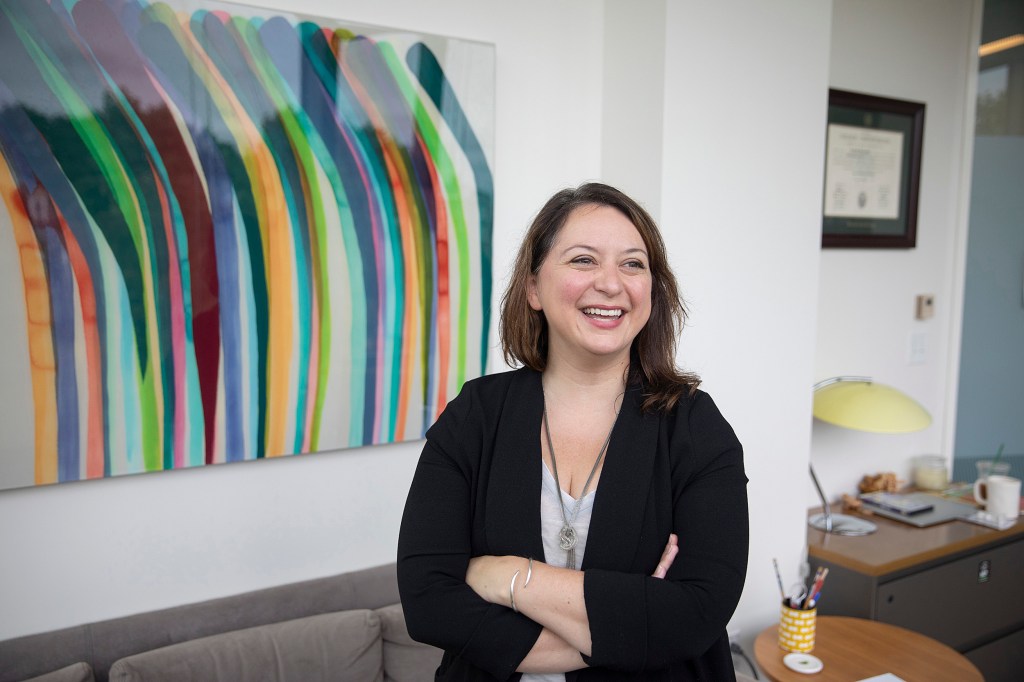
-
You say John, I say Paul. But what does stylometry say?
Who wrote “In My Life,” John or Paul? Harvard statistician Mark Glickman helps provide research-backed answer on authorship of Beatles classic.
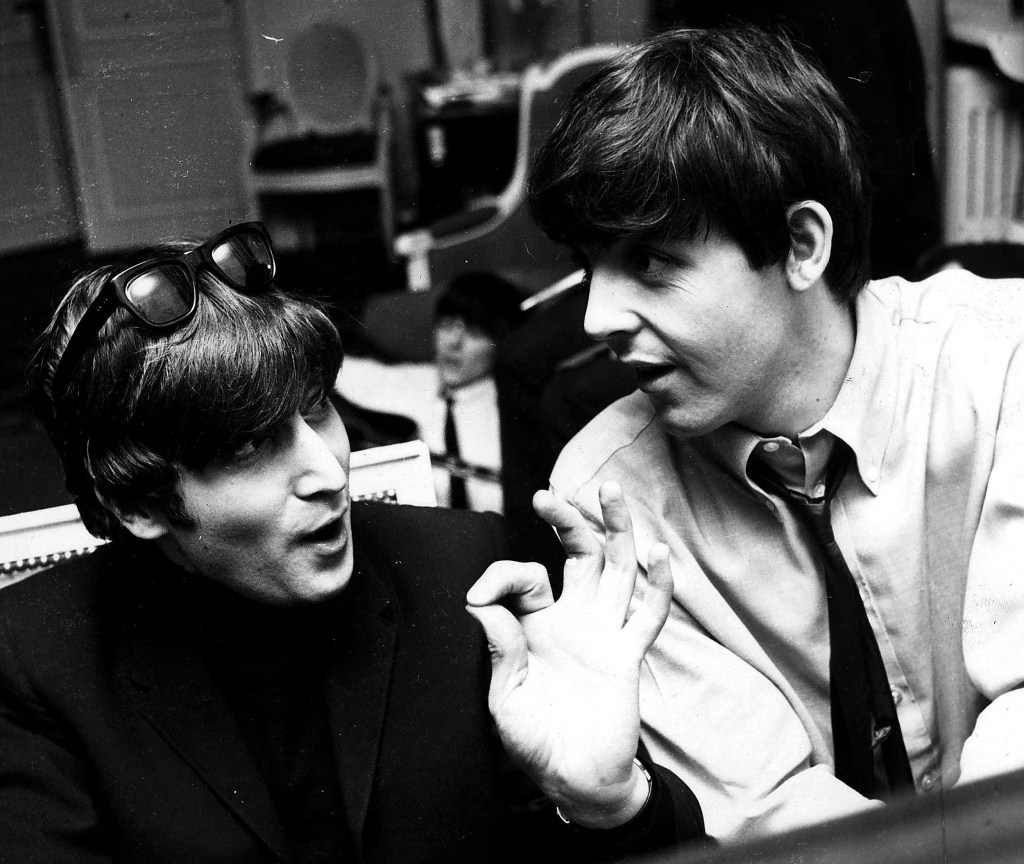
-
Siding with science
A Q&A with Gina McCarthy, former EPA administrator and current director of the Harvard Chan School’s Center for Climate, Health, and the Global Environment.

-
‘Error’ brings opportunity to metaLAB
For the first time, Harvard’s metaLAB travels to Austria for Ars Electronica, Europe’s premier festival for art, technology, and social reflection.
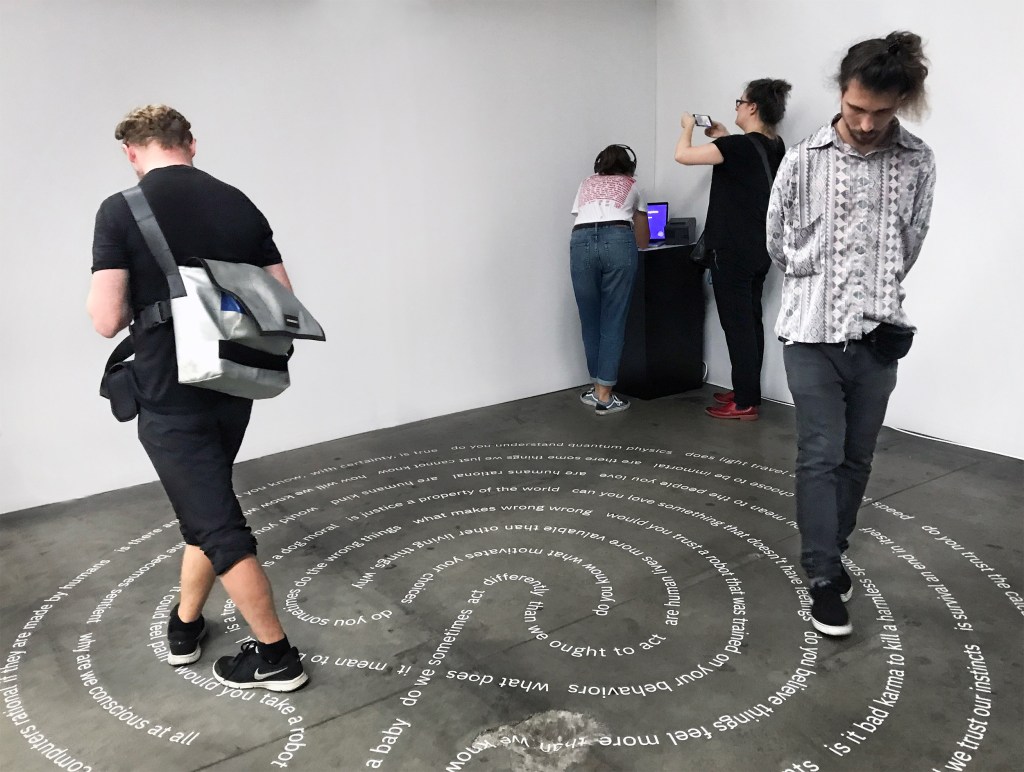
-
Understanding insect damage over time
A study used herbarium specimens to track insect eating patterns across more than a century and found that four species collected in the early 2000s were 23 percent more likely to be damaged than those collected in the early 1900s.
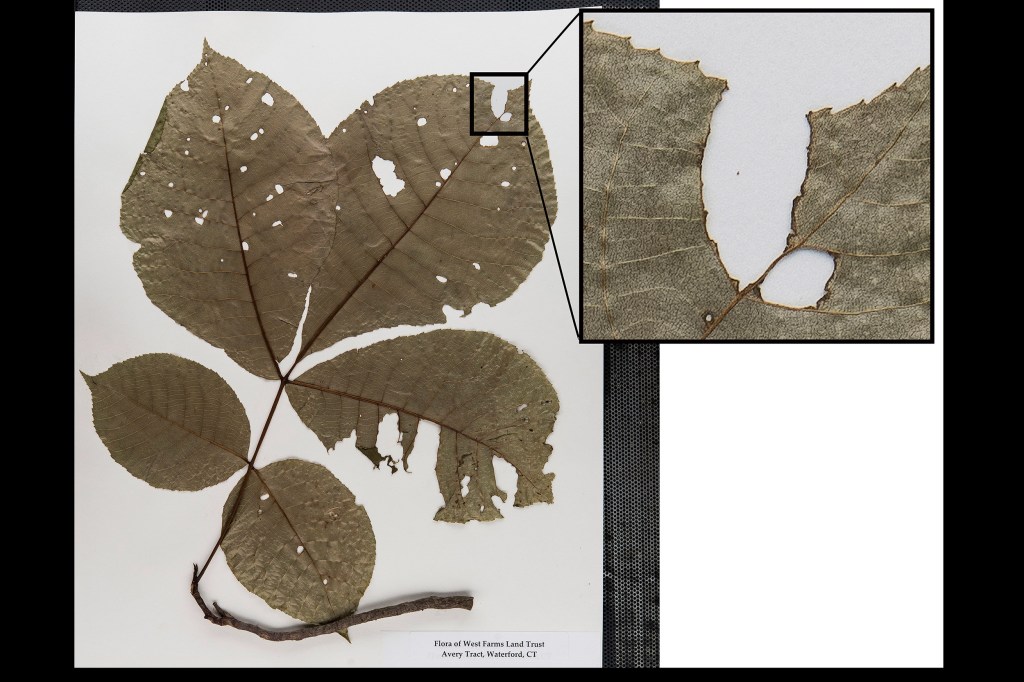
-
Examining aftershocks with AI
Sparked by a suggestion from researchers at Google, Harvard scientists are using artificial intelligence technology to analyze a database of earthquakes from around the world in an effort to predict where aftershocks might occur. Using deep-learning algorithms, they developed a system that, while still imprecise, was able to forecast aftershocks significantly better than random assignment.
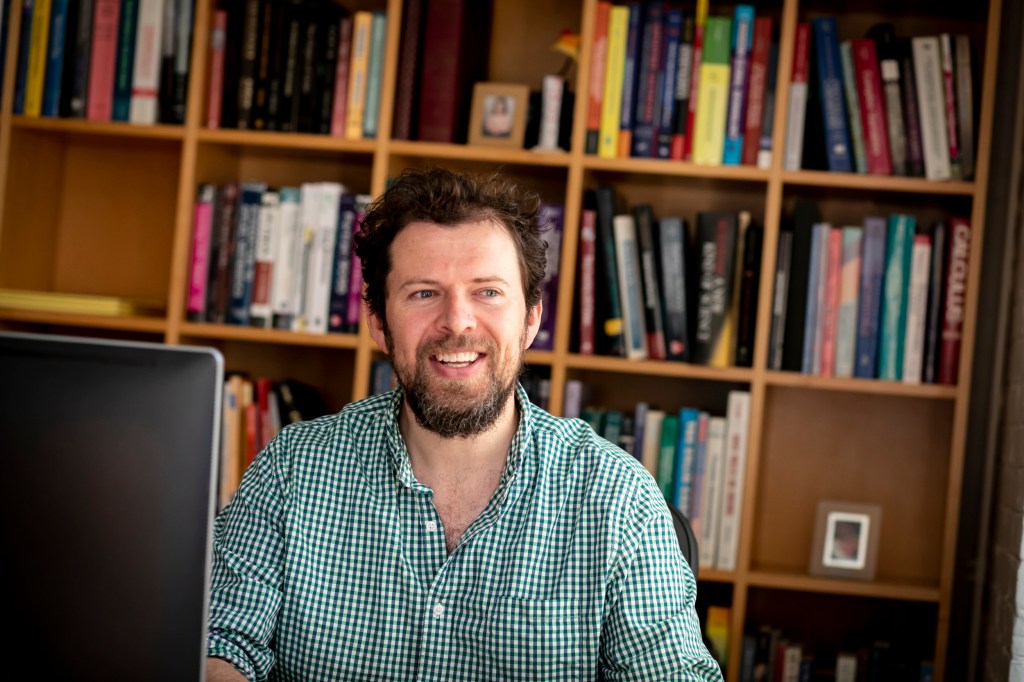
-
Data analysis could be key to success
New course brings data to a different audience as its importance continues to grow in different directions.

-
Printing with sound
Harvard researchers have developed a new printing technology that uses sound waves to control the size of liquid droplets independent of fluid viscosity.
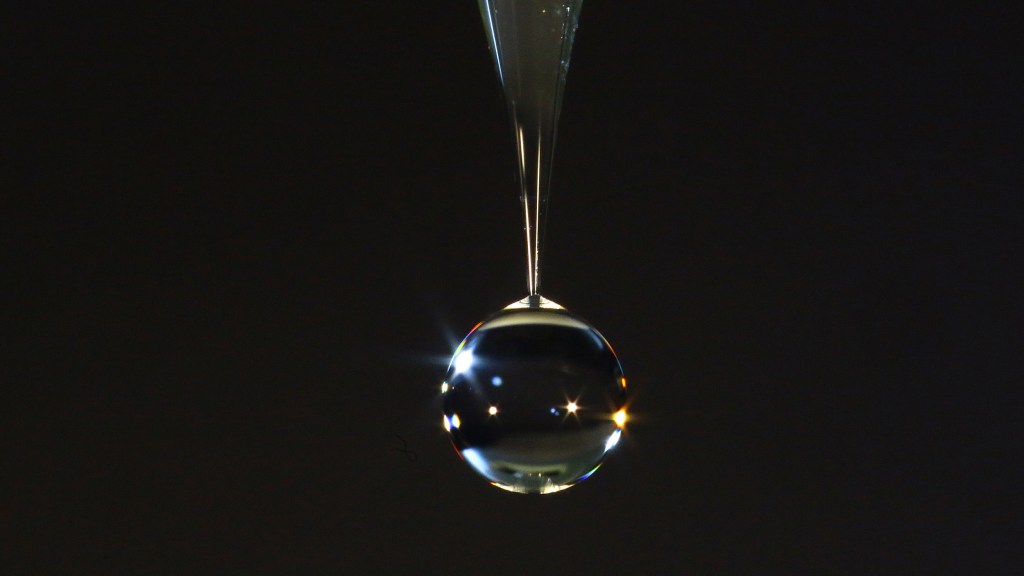
-
Movement monitor
A team of researchers from the Rowland Institute at Harvard, Harvard University, and the University of Tübingen is turning to artificial intelligence technology to make it far easier than ever before to track animals’ movements in the lab.
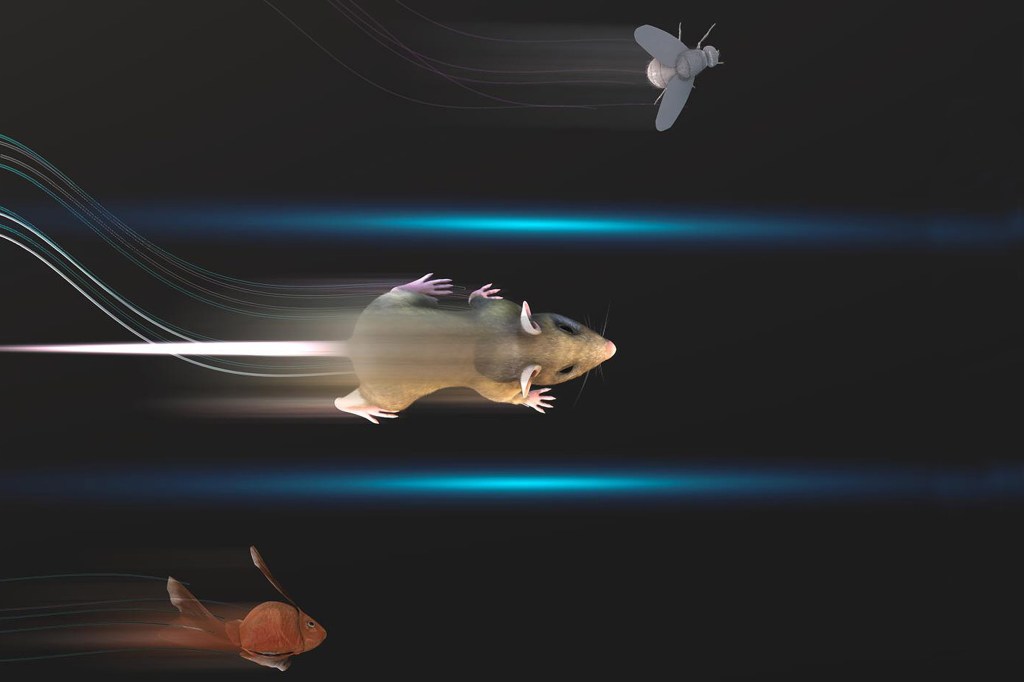
-
Learning catalysts’ secrets
Cynthia Friend, who recently received a multimillion dollar grant from the U.S. Department of Energy, is well positioned to help “change the face and carbon footprint of the chemical industries sector,” one of her team’s goals.
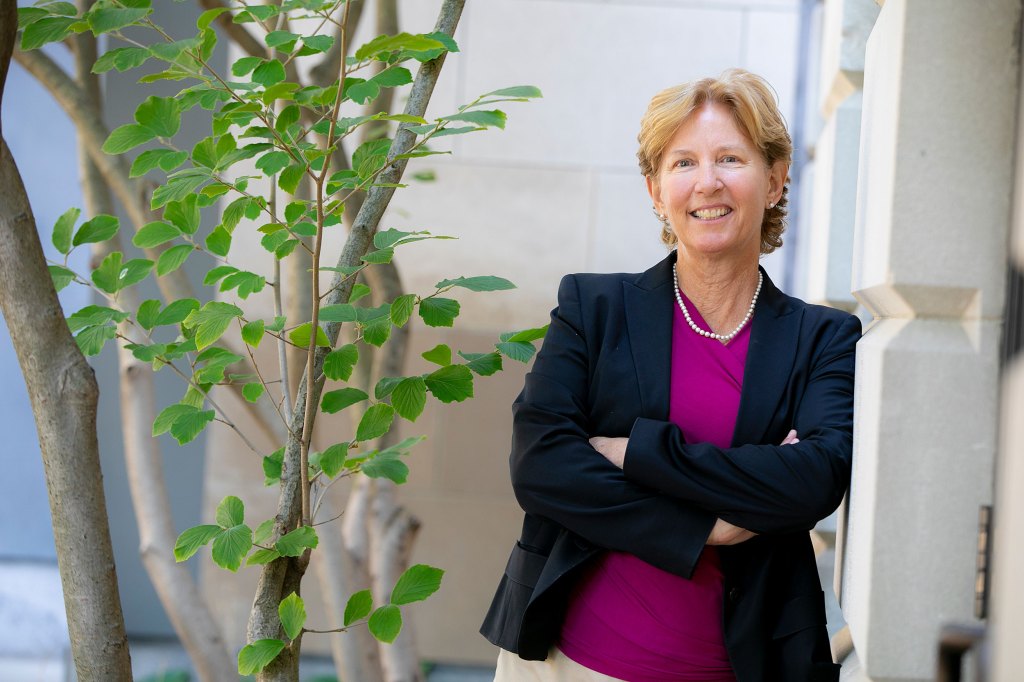
-
Taking the brain apart to put it all together again
A new organ chip system from the Wyss Institute allows scientists to make new discoveries about the importance of blood vessels for our mental function.
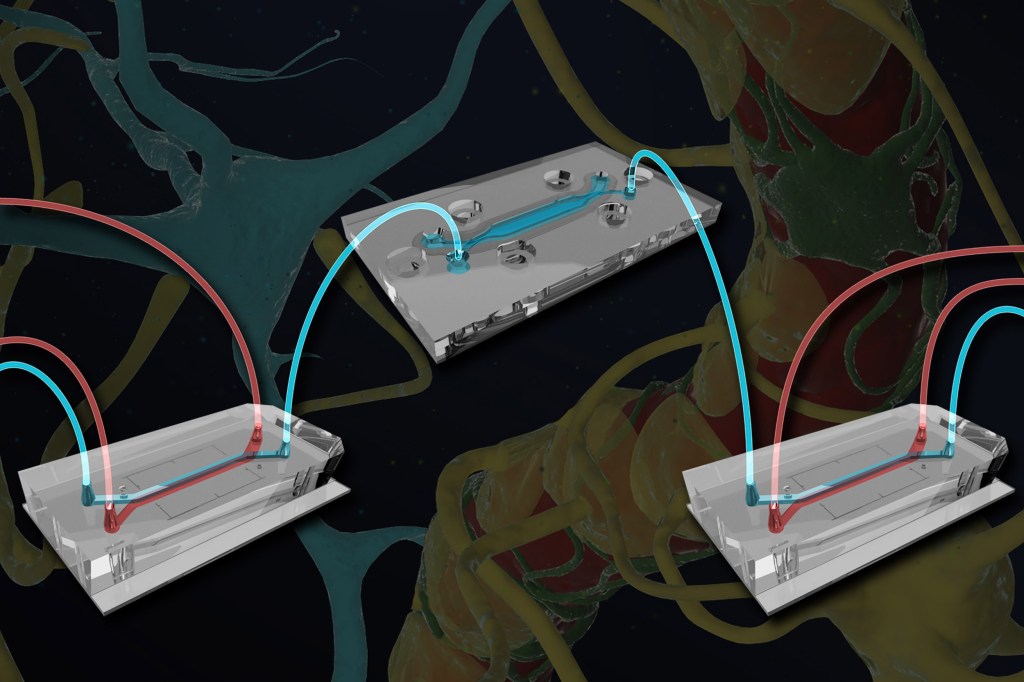
-
What a difference a year of data science makes
After a successful first year, the Harvard Data Science Initiative puts its focus on five new research areas and four new fellows.
